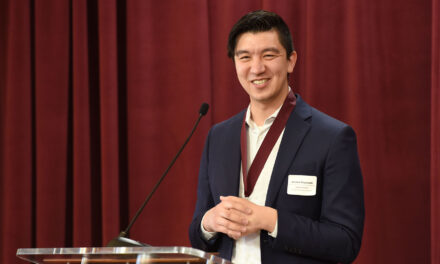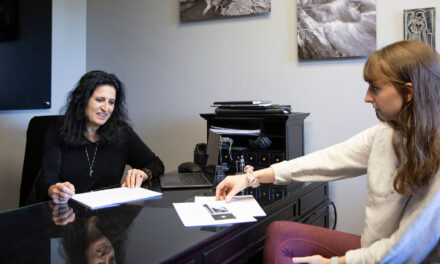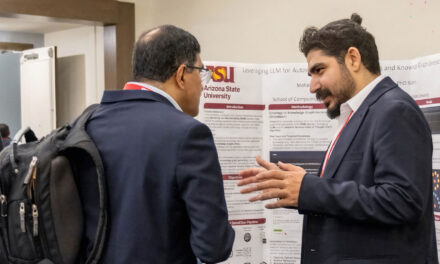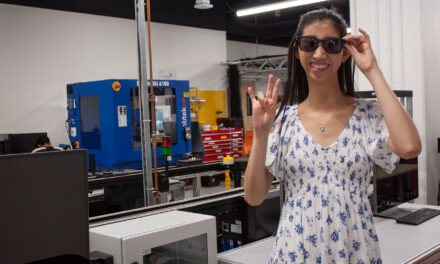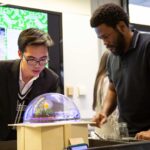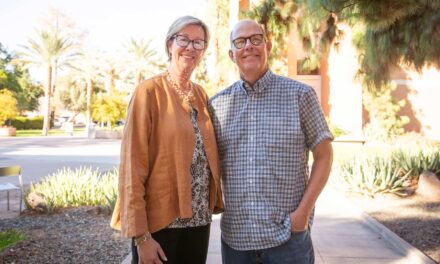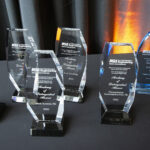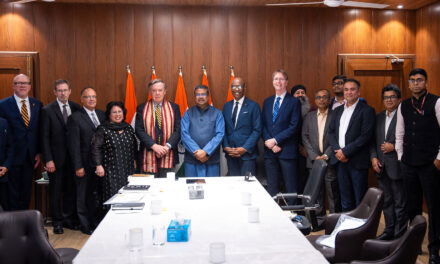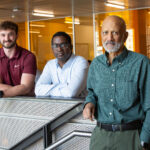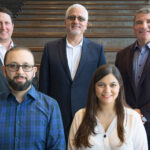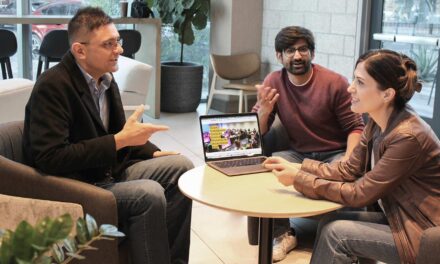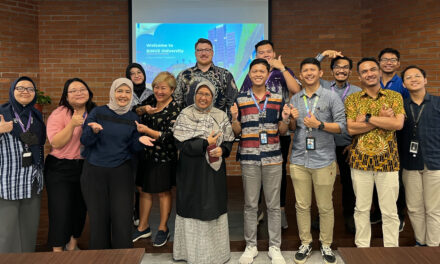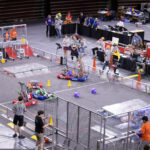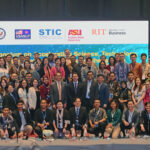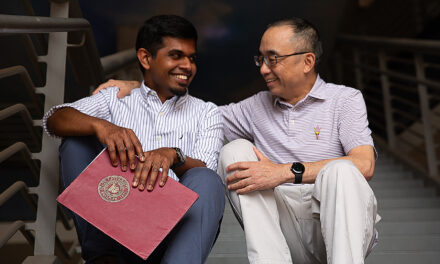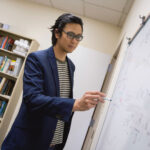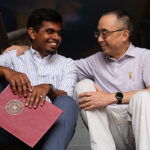
Luz Osuna: Reaching forward, giving back
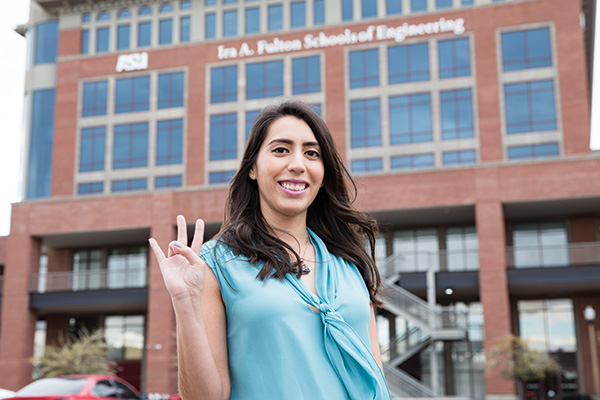
Recent alumna Luz Osuna is giving back to the school and student organizations that have helped her to reach her career goals.
“Student organizations create valuable support systems that help students from diverse backgrounds adjust to campus life, while providing friends, study groups and leadership opportunities,” said Osuna. “And those are the type of organizations I want to support, because they once supported me.”
Osuna completed a bachelor’s degree in industrial engineering in 2010, followed by a master’s degree in industrial engineering in 2011, as part of the accelerated 4+1 program offered by the School for Computing, Informatics, and Decision Systems Engineering.
Osuna works as a strategic capacity industrial engineer — meeting production goals at the lowest cost — at Intel Corporation in Chandler, Arizona. Before that, she optimized factory space as a layout industrial engineer, also for Intel.
Osuna attributes her successful transition from an engineering student to an engineering professional to her experiences in student organizations during her years in the Fulton Schools of Engineering.
“As a student in the Fulton Schools I learned critical and strategic thinking skills that have helped me to become a problem solver for Intel Corporation,” said Osuna. But just as valuable, “the Fulton Schools taught me how to work in a team. By being involved in extracurricular organizations, I refined my interpersonal and leadership skills,” she said.
As an undergraduate, Osuna was president of the Society of Hispanic Professional Engineers — known as SHPE de ASU. SHPE de ASU seeks to empower the Hispanic community by providing awareness, access and support for science, technology, engineering and math (STEM) educational programs.
As president of SHPE de ASU, Osuna wrote funding proposals, coordinated events, meetings and volunteers, and increased membership. Osuna worked hard to promote weekly study groups for members called “SHPE Studies” and also started an Academic Olympiad team that competed at the SHPE national conference. One of her most memorable experiences was hosting the first Noche de Ciencias (Science Night) — a STEM outreach event for elementary school students and their parents.
Through SHPE de ASU, Osuna met Carlos Flores, a student who was working to revive the ASU chapter of MAES — Latinos in Science and Engineering, formerly known as the Society of Mexican American Engineers and Scientists, which supports Latinos interested in earning a STEM education.
“During my final semester, Flores started to turn MAES around and has since put it back on its feet,” said Osuna. After her graduation, Osuna continued to follow and applaud the work being done by MAES and SHPE de ASU, and she was recently invited to be the keynote speaker at the MAES end-of-year banquet.“ I think I was invited to be a keynote speaker because others know how student organizations have helped me to achieve my goals. I could speak with first-hand experience about the benefits organizations such as SHPE and MAES offer their members and the importance of continuously supporting such organizations,” said Osuna.
In addition to donating her time, Osuna has made monetary donations to support MAES and SHPE de ASU.
“I have always been a strong supporter of organizations that promote the advancement of Latinos or Hispanics in STEM, and I appreciate the vision laid out by organizations like MAES and SHPE de ASU,” said Osuna.
While she was a student, Osuna received scholarships from donors including the Friendly House, the Armstrong Family Foundation, SHPE de ASU, the National Action Council for Minorities in Education (NACME), the National Science Foundation (NSF), the League of United Latin American Citizens (LULAC), the Motivated Engineering Transfer Students Program (METS), John and Helen Butler, and the Intel Scholars Program.
Now that she is in a position to give back she thinks it is important to do so. “Whether you’re donating time or money, any contribution an alumnus can make will help the next generation of engineers reach their goals,” said Osuna.


